What to Pack? Surf Trip Essentials

Whether it's your first time leaving the country or you're a seasoned vet it's always good to have a surf trip packing checklist. Some of these items are destination dependent, so not all of them may apply to your adventure, but in general, these are the items you should make sure you have on hand.
Gear
SURFBOARDS - Boards all come down to personal preference, your destination, and the season you're traveling in. Shortboards, longboards, hybrids, fishes, step-ups, and guns. Whatever the waves are calling for, it's good to have variety. How many boards you want to bring comes down to the limits of your travel bag, how long you'll be staying, and the cost. Pro-Lite organized an excellent list of all the different airlines and their bag charges for both domestic and international flights that you can view here. It's worth reading before you book your ticket, especially if you can avoid "per board" baggage fees.
TRAVEL BAG- A good travel bag can make a world of difference and cut out a lot of stress in traveling with surfboards. It really is worth it to get a nice bag, because nothing is more of a bummer than to find your boards damaged before you even get in the water. You want a solid bag that you know will protect your boards, hold up to the abuses of travel and be easy to carry around as well. 10mm of foam protection is pretty standard for most travel bags and it’s recommended that you get one at least this thick. If you're tent camping or have to spend a night in the airport, travel bags make excellent sleeping pads too.
WAX- Tropical to the Arctic you're going to need wax wherever you're going and it's usually cheaper to pack your own than buy some at your destination. You'll need to de-wax your board before the flight so a wax comb is a good call as well.
FINS- Like leashes, you never know what's going to happen and you could break a fin, or conditions could change, leaving you wanting a different setup. It's better to be prepared and bring a couple of sets. This allows you not only to experiment with different fin setups for the conditions but ensures you have a backup in case something happens. Don't forget a fin key either!
LEASHES- Leashes and leash ties always seem to snap at the least opportune time. They really don't take up much space so it's worth the weight to bring a couple. I think it’s a wise idea to buy a brand new leash before each trip so you don’t have to worry about losing your board in unfamiliar waters.
The Essential Documents
AIRLINE TICKET- With today's technology, it could as simple as an email on your phone but you'll definitely want to have it ready to go by the time you get to the airport. I recommend doing the research and moving your dates around (if possible) to get the best deal you can. Mid-week tickets like a Tuesday or a Wednesday are the cheapest and can save you a lot of cash.
Being picky about who you fly with can be important too. Certain airlines like Alaska, or Singapore Air allow boards to fly for free or close to it, while others like China Air or Delta can charge up to $150 per board.
PASSPORT - This serves as your ID and your key to getting in and out of a country. It's worth checking before you book your trip to make sure that your passport hasn't expired or isn't going to expire anytime soon. Some countries like Indonesia for example, require that your passport does not expire up to 6 months before you leave for your trip.
TOURIST CARD OR VISA - If you're just staying for a couple of weeks you will most likely just need a tourist card, which is handed out by flight attendants on your flight in. You will need to hold onto this and present it when you leave the country. If you're staying longer you might need to apply for a visa and if you plan to stay for a few months you might require an extended visa. It's highly recommended you do your research ahead of time and see what your destination country requires.
Clothing
WETSUIT / RASHGUARDS - Hopefully, you’re traveling somewhere warm enough for board shorts and maybe a rashguard but if not, a 3/2 or spring suit will cover you from about the low 70’s down into the low 60’s. Rashguards are not only useful for the added heat but they do a good job of providing UV protection as well. Double-check before you leave the seasonal conditions of your destination. Water temps can vary pretty greatly over the course of a year.
BOARDSHORTS - You can never have too many pairs of boardshorts and for most trips, two or three will be perfect. For the minimalist headed to warm waters, you can travel super light and pack a few board shorts and shirts, and be set for weeks.
T-SHIRTS - Pack a couple and save some new ones for someone else. Especially in foreign countries, it’s important to give back and be respectful of the people who live there. Giving new surf shirts, boardshorts, and stickers to the local kids are good ways to show your appreciation for them sharing their land and waves with you.
SUNGLASSES- It can be worth it to pay the extra cash for polarized lenses, which cut glare better than anything else and will save your eyes checking the surf in the middle of the day.
HAT- Especially if your destination is somewhere tropical it pays to have some cover in the afternoon heat. If your head gets burnt easily, Dakine makes a few water hats to keep you covered out in the line-up.
Accessories
TOWEL - Perfect for drying off, used as a beach blanket, extra padding in the board bag, a blanket, a makeshift pillow, and about a hundred other things. Bigger towels are great for a beach blanket and board protection but take longer to dry in hot, humid climates.

BACKPACK - It’s a great idea to travel with one for a few reasons. Not only is it easily portable, qualifies as a carry-on, and is perfect for essential items but it’s also practical for quick day trips from camp to other spots or towns. If you’re traveling somewhere where you’ll need a wetsuit, you could go with a surf pack. Otherwise, a simple school backpack is all you need.
WATCH - Waterproof watches are nice for keeping track of time, something like the Lowdown by Nixon is great since it's waterproof, simple, and durable. I wouldn’t advise bringing a super nice surf watch for a couple of reasons, but mainly because a lot of those watch’s features depend on having internet access.
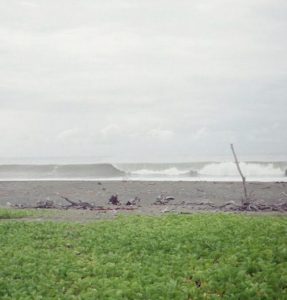
Other Items
GUIDEBOOKS - Surfer’s Guide books could be a good call and are available for Baja, two states of Mainland Mexico, Costa Rica, and Nicaragua. They cover many of the well-known spots in the area and a few lesser-known with solid amounts of detail. If the swell goes flat it can be fun to explore and no books are more helpful than the Lonely Planet series books. They're very well written and provide a detailed low down on local food, lodging, and culture for places like Mexico, Fiji, and Indonesia.
Additional Good Things to Pack -
- Duct tape (If you don't want to carry the whole roll you can rip as much as you need off and wrap it around a pencil to save space in your bag)
- Tide Book
- Basic First Aid Gear like Advil, and a disinfectant
- Toilet Paper
- Mosquito and Insect Repellant
- Gifts (Stickers, Shirts, Magazines) for the local kids
- Toiletries
- Outlet Plug Adapter
- Notebook and Pen
- Camera
- Basic Ding Repair Materials like Sandpaper and Cloth. (Be sure not to pack any Solarez or Resin in your carry-on bag)
Final Thoughts
Surf trips are about as fun as it gets. Hopefully, you’ve got everything rounded up by this point and just need to go find some waves!
Just remember to be respectful and don't be a ...





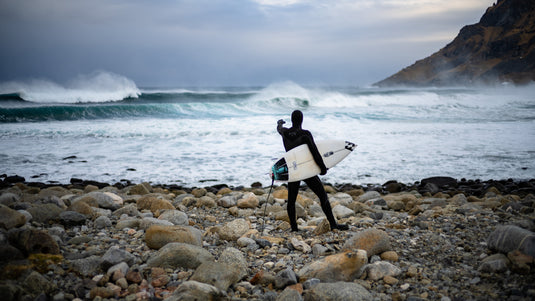
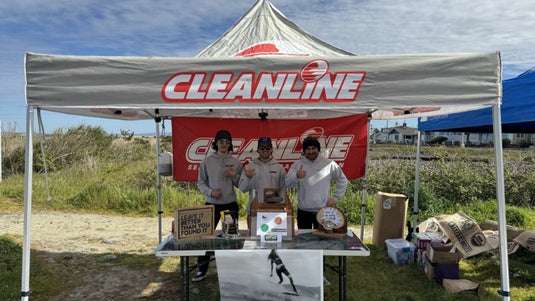
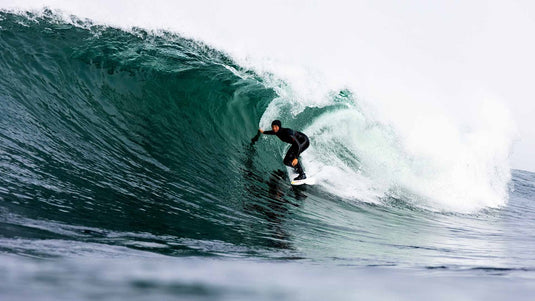
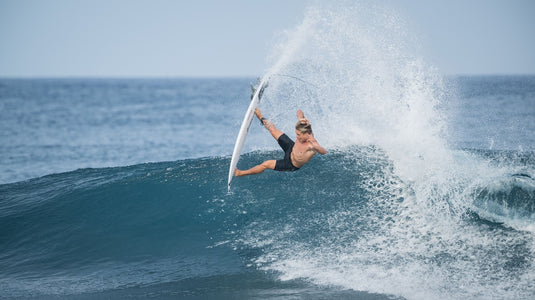
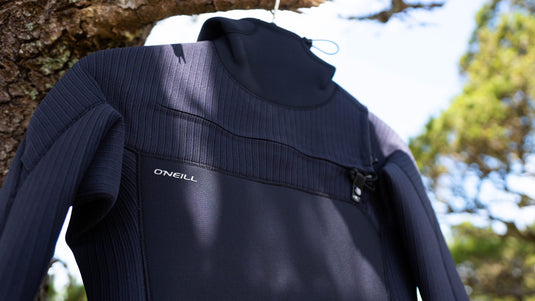
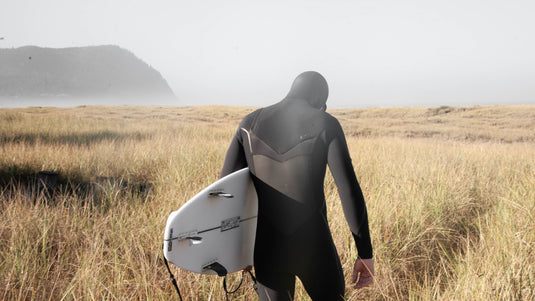
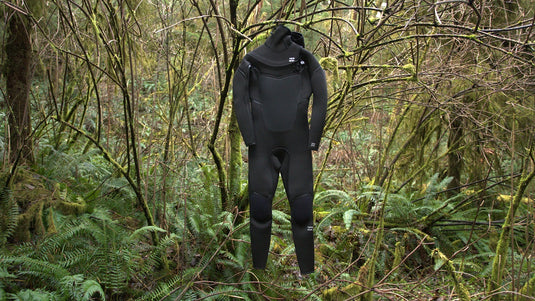
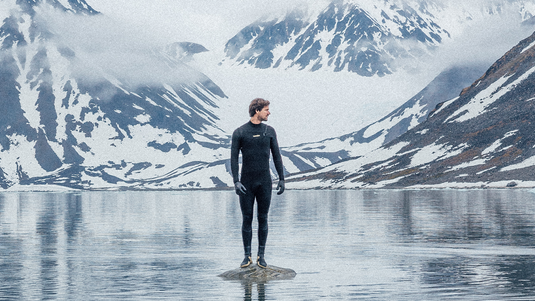
What Our Customers Are Saying